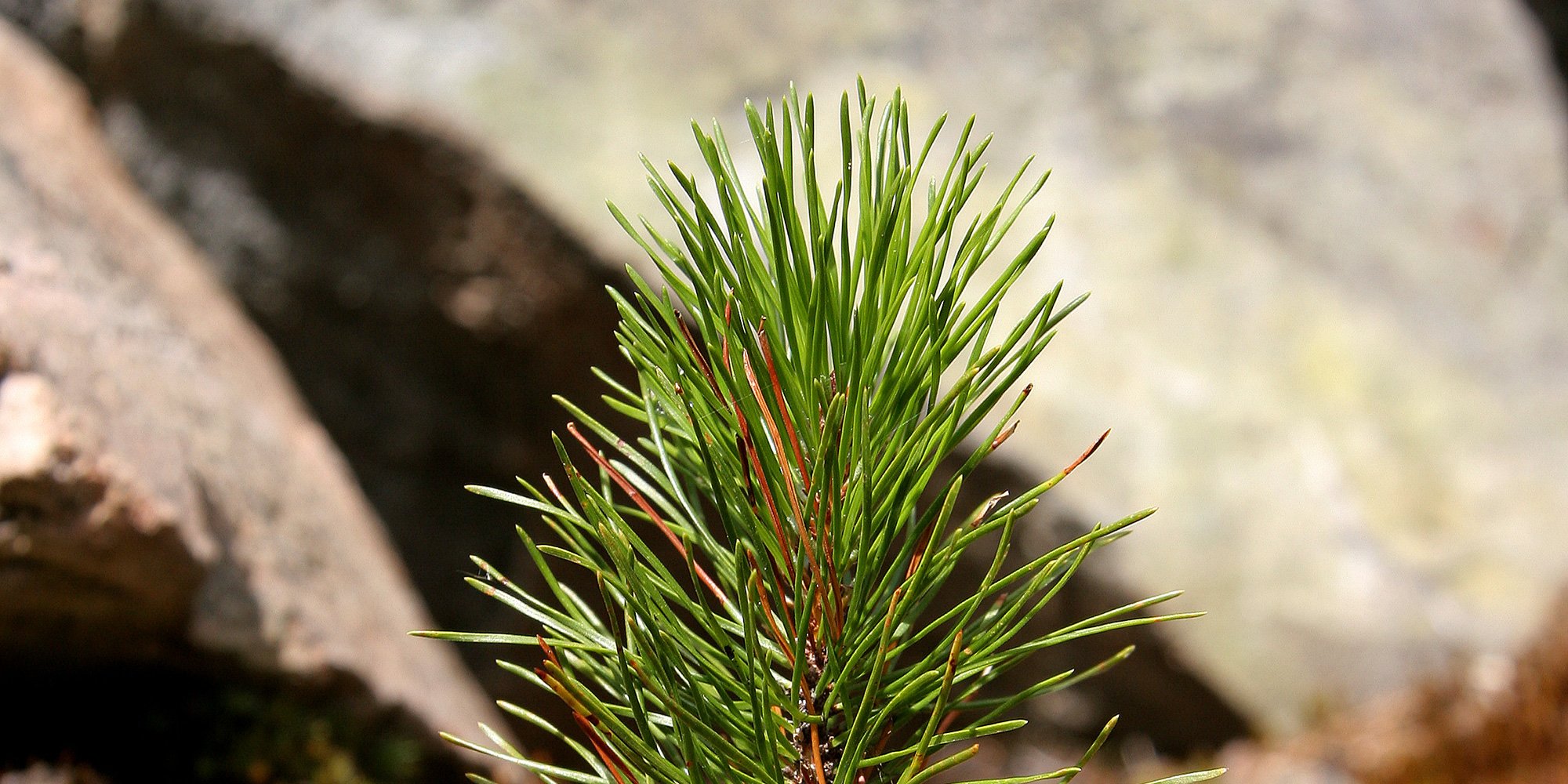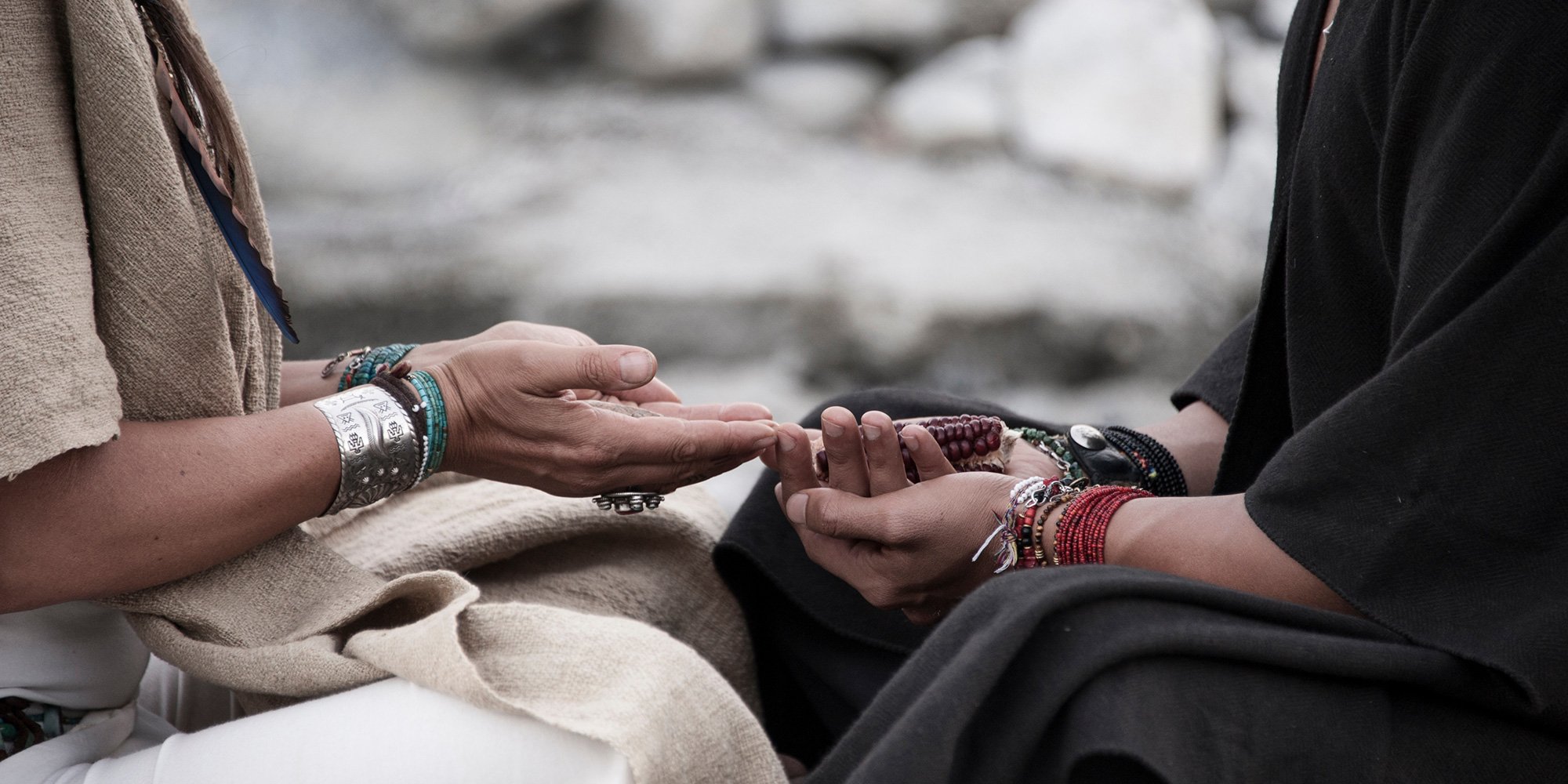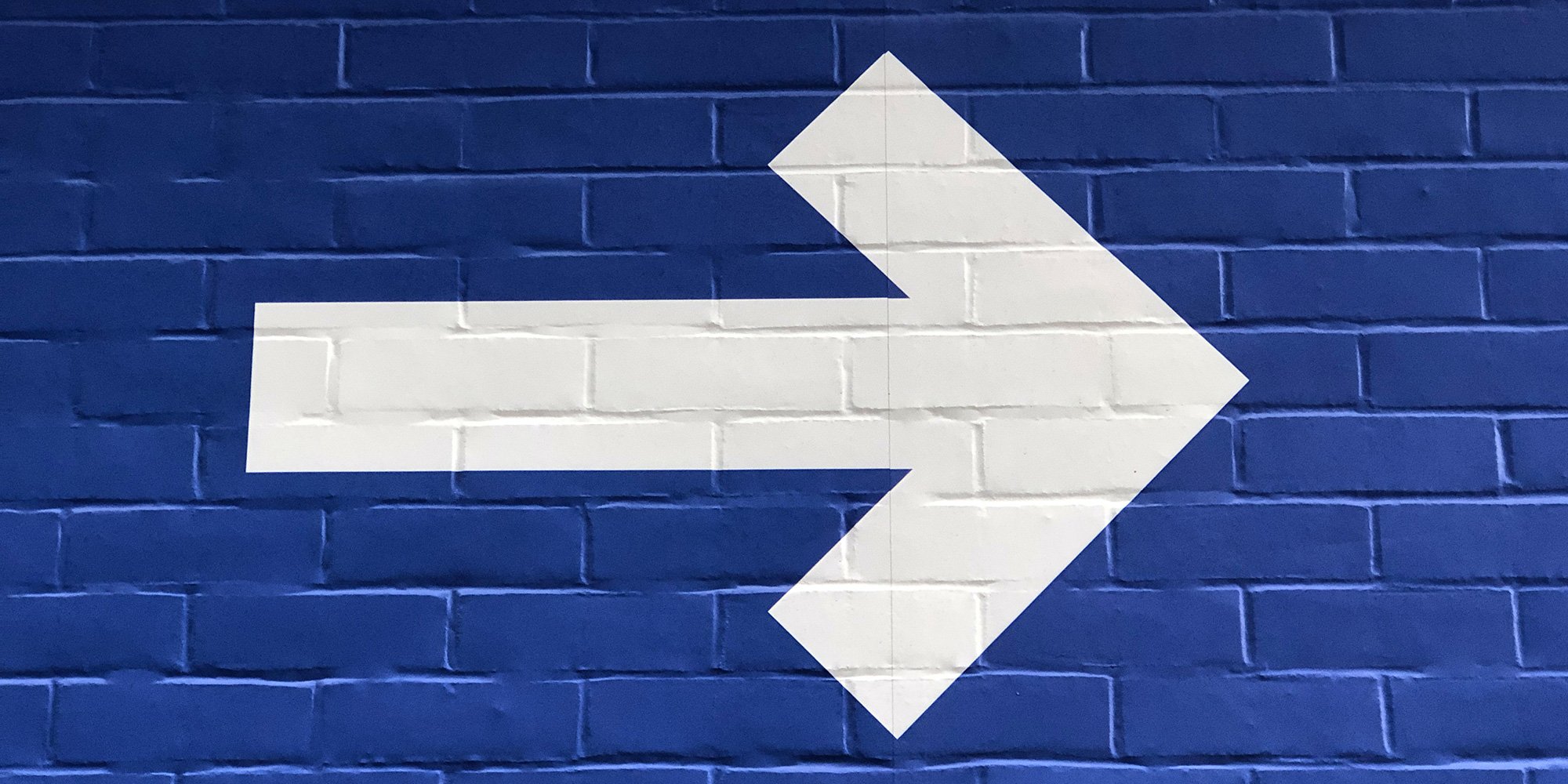First Nations' Relationship to the Land
Indigenous peoples have the right to maintain and strengthen their distinctive spiritual relationship with their traditionally owned or otherwise...

The Seventh Generation Principle is based on an ancient Haudenosaunee (Iroquois)* philosophy that the decisions we make today should result in a sustainable world seven generations into the future. This extremely prescient philosophy is currently somewhat overused as a “green” marketing ploy to sell everything from dish soap to cars.
The first recorded concepts of the Seventh Generation Principle date back to the writing of The Great Law of Haudenosaunee Confederacy, although the actual date is undetermined, the range of conjectures place its writing anywhere from 1142 to 1500 AD. The Great Law of Haudenosaunee Confederacy formed the political, ceremonial, and social fabric of the Five Nation Confederacy (later Six). The Great Law of Haudenosaunee Confederacy is also credited as being a contributing influence on the American Constitution, due to Benjamin Franklin’s great respect for the Haudenosaunee system of government, which in itself is interesting from the perspective that the United States formed their Constitution not on the principles of European governments, but rather on that of a people considered “savages”.
The Seventh Generation Principle today is generally referred to in regards to decisions being made about our energy, water, and natural resources, and ensuring those decisions are sustainable for seven generations in the future. But, it can also be applied to relationships - every decision should result in sustainable relationships seven generations in the future.
Here's a short audio clip I recorded about the Seventh Generation Principle:
Relationships today between Indigenous Peoples and non-Indigenous peoples should be forged with the Seventh Generation Principle in mind. Through my workshops, Working Effectively with Indigenous Peoples®, I strive to provide an understanding of the background to the existing relationship between Indigenous Peoples and non-Indigenous Peoples so that future relationships will be positive for many generations to come. It is my life’s ambition to provide tools and suggestions on how to live and work with Indigenous Peoples with the goal that in the future, workshops on how to relate to one another will no longer be necessary... which means I could retire and go fishing!
This article is referenced in "Why Buy Fairtrade Tea" on the blog of GreenWitchTea in Australia.
*Terminology note:
Called the Iroquois Confederacy by the French, and the League of Five Nations by the English, the confederacy is properly called the Haudenosaunee Confederacy meaning People of the long house. The confederacy was founded by the prophet known as the Peacemaker with the help of Aionwatha, more commonly known as Hiawatha. The exact date of the joining of the nations is unknown and said to be time immemorial making it one of the first and longest-lasting participatory democracies in the world.
Featured photo: Ontario. Photo: Unsplash

Indigenous peoples have the right to maintain and strengthen their distinctive spiritual relationship with their traditionally owned or otherwise...

The quality of your relationship with an Indigenous community will be measured by the effort invested and the integrity of your team. You have to...

As providers of a suite of Indigenous relations training, we are frequently asked if we offer “blanket exercises.” The short answer is “no, we don’t.”